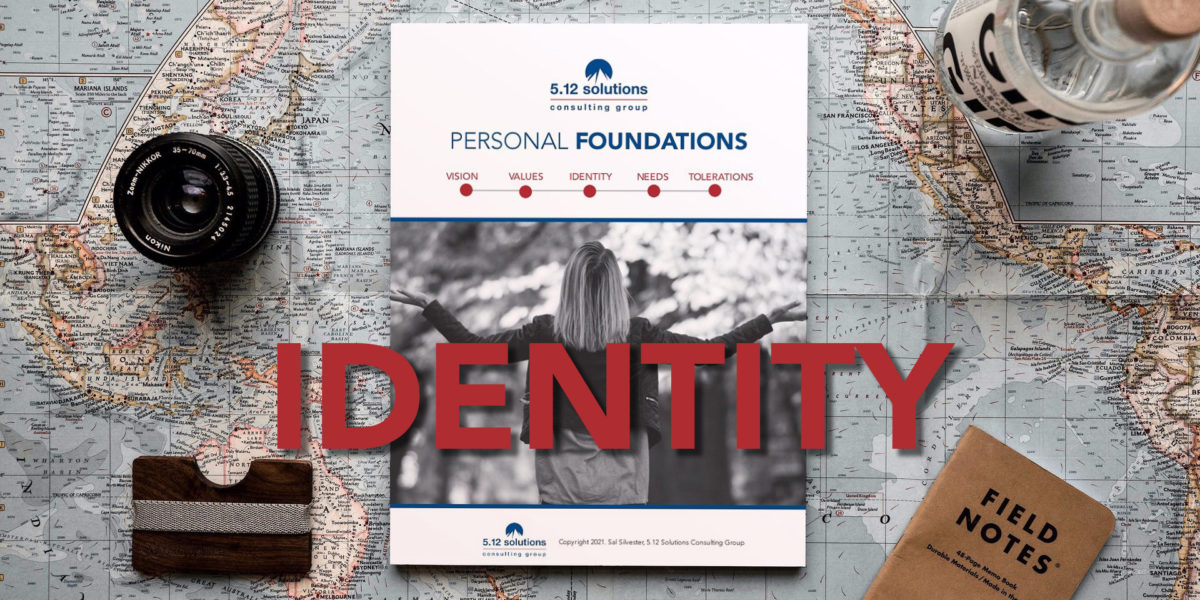A critical topic that often comes up in our executive coaching and leadership development conversations is the topic of identity.
Identity is the way that you think about yourself.
The challenge for most people is that their identity is often formed by past experiences or by how others think of them. We take on those experiences and the opinions of others, even how they reflect our future, and then embody that identity as if it were our own.
For example, I grew up hearing a lot of messages about not being handy or not being an entrepreneur. I was highly encouraged to go to school to study accounting. So, guess what? I went to business school and studied accounting! I then joined in the Army and ventured into corporate America. But, when I truly discovered who I wanted to become, I crafted an identity not based on my job, not based on what other people wanted for me, and not based on the messages I heard throughout my life.
I created an identity based on my future self.
As it turns out, that future self is always changing. In turn, I must continually think about and architect how I see myself.
Break Through the Old Rules
It’s time to break through the old rules, those learned ideas you have about who you’re supposed to be. Instead, start crafting your identity not based on who you are today but rather on who you want to become.
To do that, we’ll use an exercise from Marshall Goldsmith and his book Mojo. I had the good fortune of co-authoring a book with Marshall (Stakeholder Centered Coaching) and he’s given us permission to use this tool.
(This is a great time to download the Identity exercise form below.)
In this model, you’ll notice two different dimensions:
- Dimension 1: Your future and your past.
- Dimension 2: Others’ perspective and your self-perspective.
That creates four regions from which identity originates:
- Remembered Identity
- Reflected Identity
- Programmed Identity
- Created Identity
Complete The Identity Exercise
- Start by responding to the reflection questions in the lower-right quadrant – your Remembered Identity. These are positive and negative experiences we remember about our past that we may be holding onto.
- The move to the lower-left quadrant – your Reflected Identity. This is what others remember of you and remind you about – pulling you back to your past self.
- Then move to the upper-left corner – your Programmed Identity. These are messages others send of who you are or who you will become.
- Your biggest opportunity in this exercise is to spend time in the upper-right quadrant – your Created Identity. This is the identity you decide to create for yourself. It is not controlled by your past and it is not controlled by other people.
Stay tuned for more content and exercises to solidify your personal foundation and watch yourself grow as a leader and human being.

